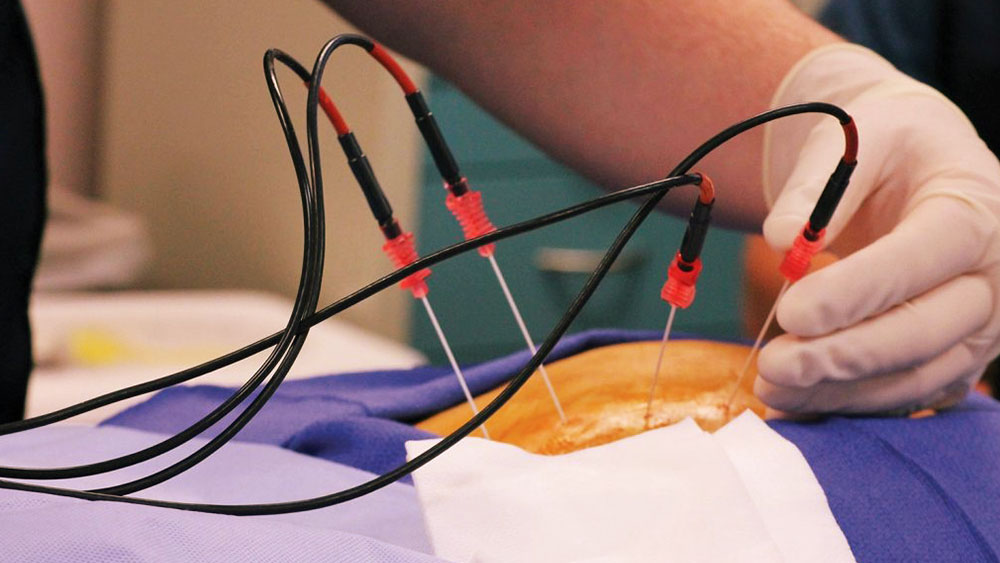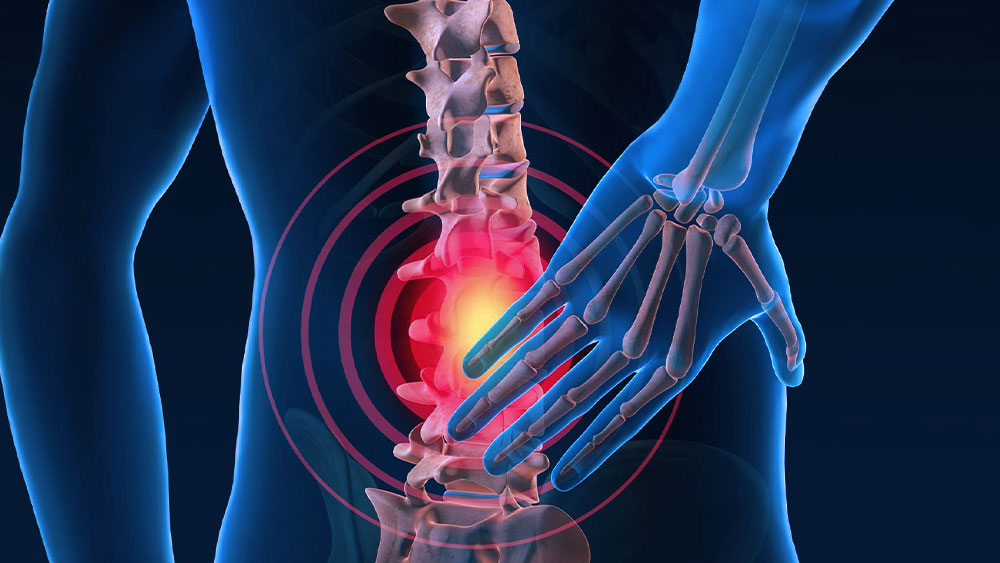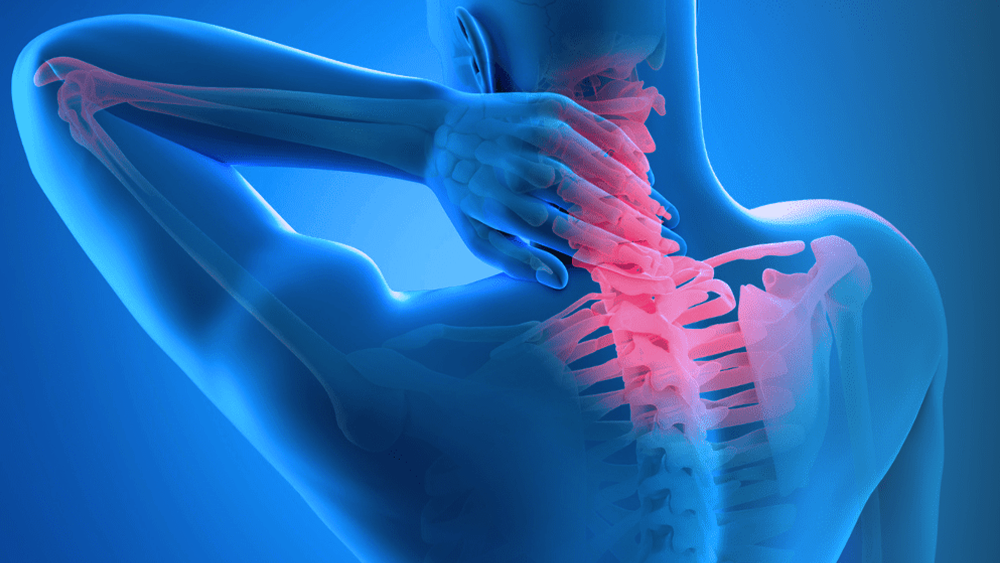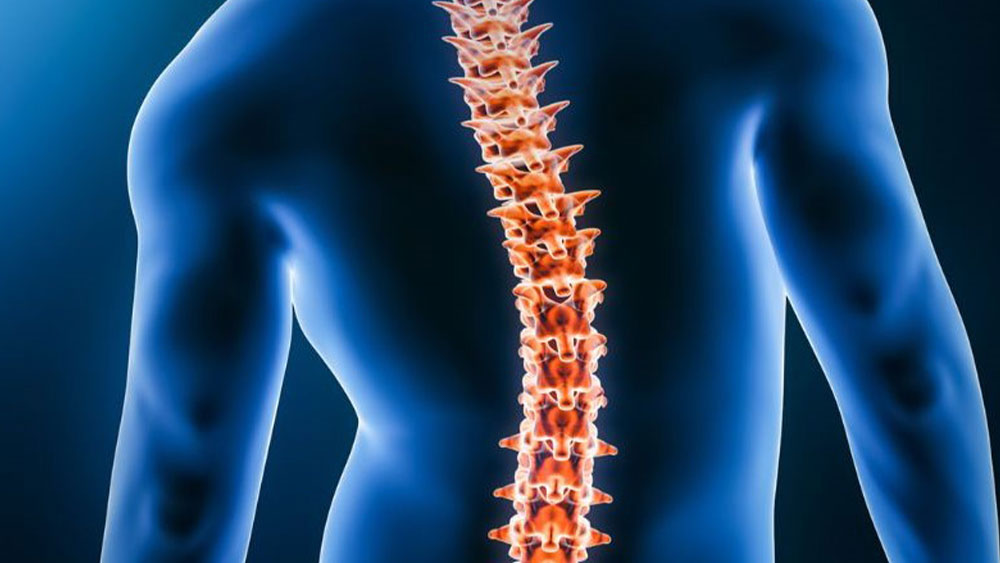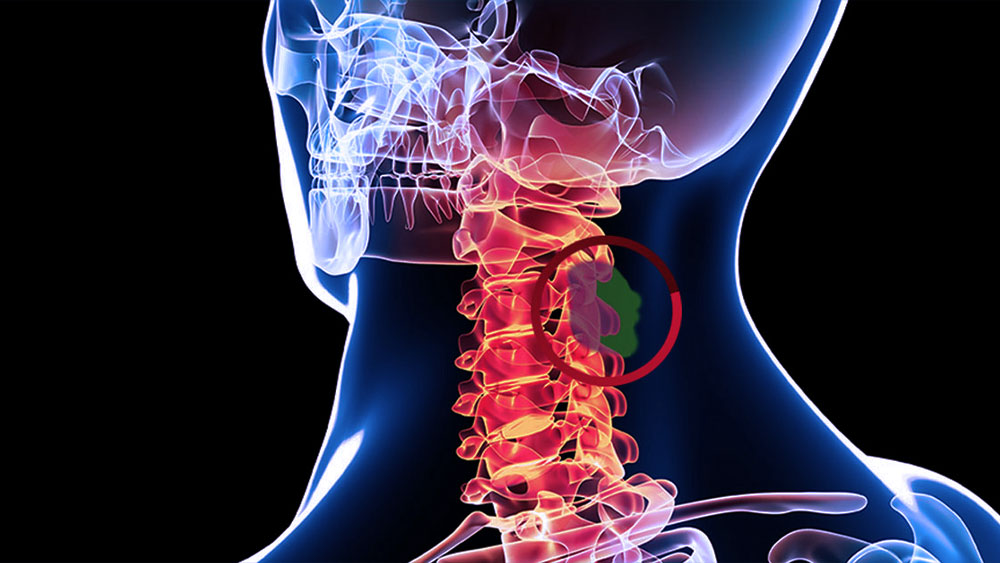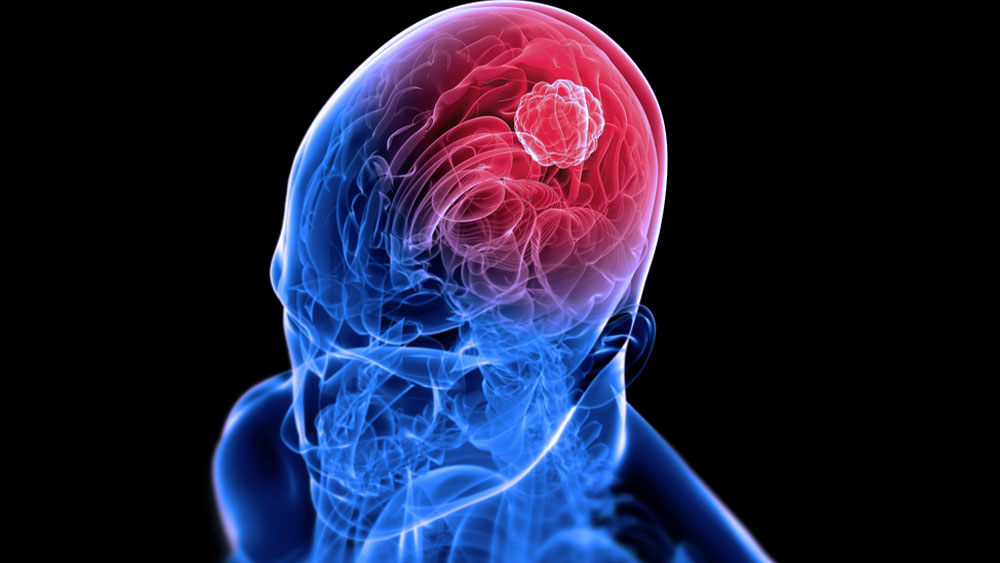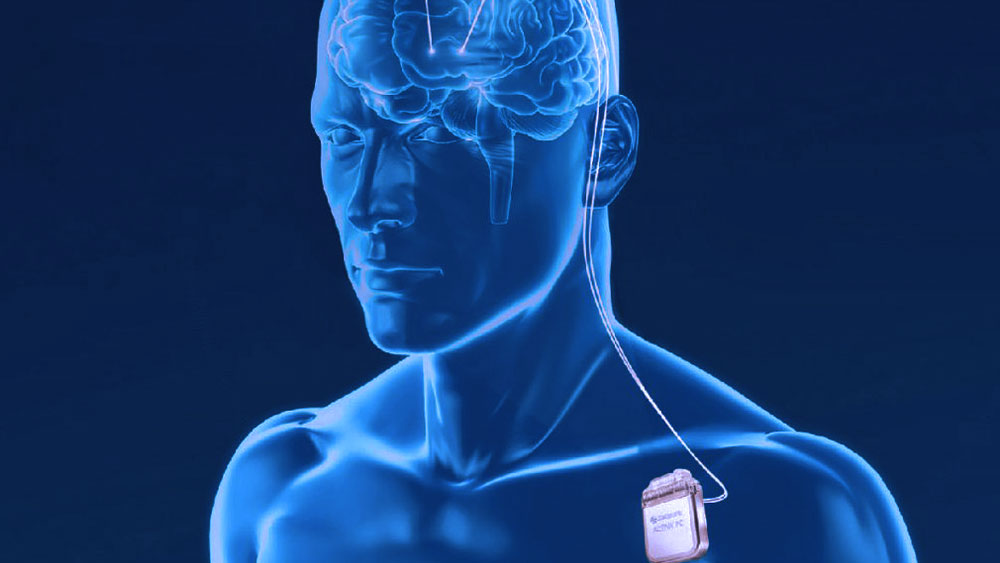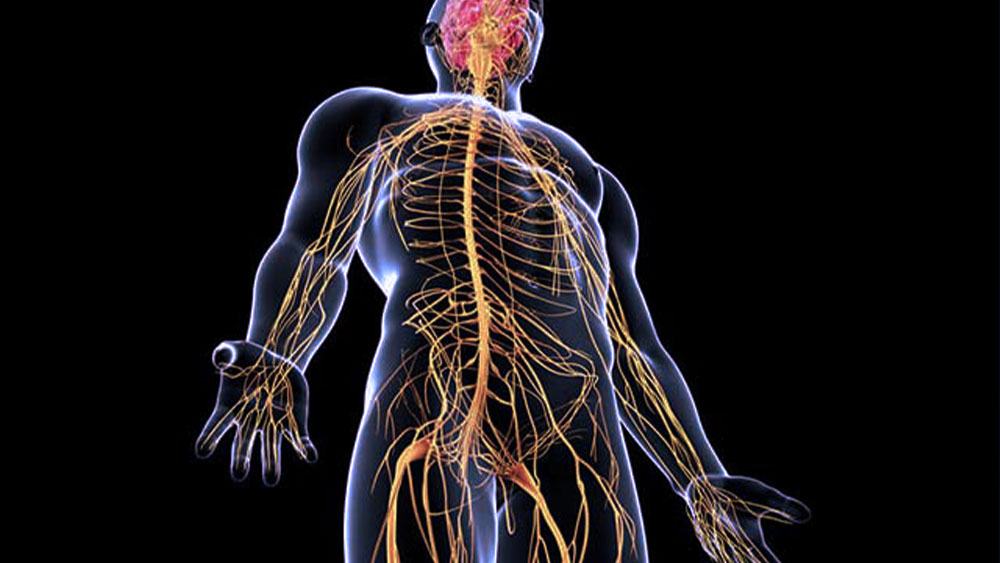Spinal Cord Stimulation (SCS)
Some patients with spinal cord injury are unfortunately paralyzed and the patient and caregivers can be drastically affected in their daily live. When medications and physical therapy don’t provide enough relief, Spinal Cord Stimulation (SCS) offers a modern and effective alternative. Also, in patients with chronic neck and back pain in which conservative or classic surgical strategies are insufficient, SCS may be the right choice of treatment
What Is a Spinal Cord Stimulator and How Does It Work?
A small device is placed under the skin and connected to thin wires near your spinal cord. It sends gentle electrical signals that block pain messages from reaching your brain. Instead of pain, you may feel a mild tingling sensation—many people describe it as soothing. This helps reduce pain and improve comfort in daily life.
A Breakthrough for Spinal Cord Injury Patients
Recent studies show that spinal cord stimulation may help some people with spinal cord injuries regain limited movement, improve muscle control, and enhance bladder or bowel function. While not a cure, it offers hope and improved quality of life for those living with paralysis.
The Treatment Process
- Evaluation – Our team of specialists reviews your condition, symptoms, and medical history.
- Trial Phase – A temporary stimulator is placed for a few days to test the effect. If it works well, permanent placement is planned.
- Permanent Implantation – The device is implanted under the skin with a quick surgical procedure.
- Follow-Up & Programming – Settings are adjusted to fit your daily needs.
Key Benefits
- Reduces chronic pain by 50% or more
- May improve movement and function in spinal cord injury patients
- Less need for pain medications
- Customizable and reversible treatment
- Long-lasting battery and easy adjustments
Who Is It For?
- Patients with herniated disc pain that doesn't improve
- People with failed back surgery or nerve pain
- Individuals with spinal cord injury and paralysis
- Diabetic or cancer-related nerve pain


